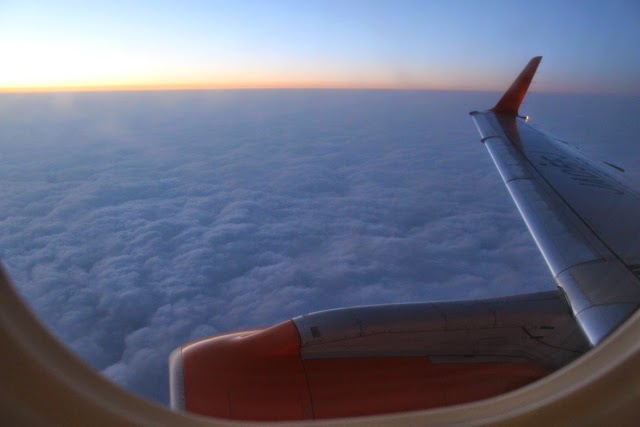On May 29th, Skynet Asia Airways (6J/SNJ), doing business as Solaseed Air, announced new 60-day-advance discounted tickets dubbed 'Bargain 60' to be offered for travel from September 1st onwards. The latest of their discounted fares line-up 'Bargain Series' is being introduced as part of a campaign to celebrate their third anniversary of the Solaseed brand.
Bargain 60 is up to 74% cheaper than the normal one-way fare, and about 4% less expensive than Bargain 45, a 45-day-advance fare, which has been the cheapest fare until now. All routes from Kyushu to Tokyo/Haneda (HND/RJTT) will start from 9,500 JPY, Kobe – Okinawa/Naha (OKA/ROAH) from 8,600 JPY, and all routes from Kyushu to Naha from 9,500 JPY.
Cancellation fee is set at 430 JPY and refund cost is 20% of the fare if canceled before 60 days prior to the departure date, and 50% for after 59 days prior. Tickets are currently available for travel from September 1st through October 25th, the remainder of the Summer 2014 schedule.
Source: Skynet Asia Airways, May 29th. (PDF; in Japanese)





























